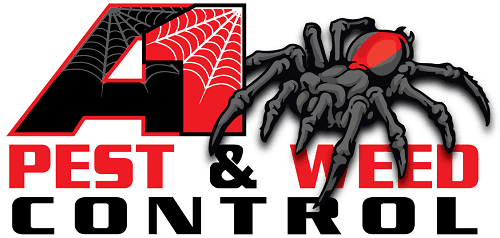Ever wondered why cockroach infestations pop up unexpectedly? They disrupt the peace at home and work.
We’ll look into the behavior of large cockroaches in this guide. It’ll show how to control them, focusing on the Australian scene. We’ll cover their favorite foods and why cleanliness matters a lot.
Knowing their habits helps you fight and stop infestations. This works for both homes and businesses in Australia.
Insights into Large Cockroach Behavior
Exploring the habits of big cockroaches helps us manage them better. By watching what they do, from how they move to how they interact, we can get valuable info. This info is crucial for coming up with smart ways to control them.
Cockroach Movement Patterns
Big cockroaches mostly come out at night. They like the dark for moving around and looking for food. Knowing how they move helps us avoid them and find better ways to deal with them. It’s also key for figuring out which type of cockroach we’re dealing with.
Cockroach Adaptations
Large cockroaches are great at surviving in different places. They can live almost anywhere, from city flats to the great outdoors. However, their skill at becoming resistant to bug sprays is a big problem. By learning about cockroach adaptations, experts can figure out fresh methods to control these pests.
Cockroach Social Behavior
Getting to know cockroach social behavior shows us how they talk to each other, set up groups, and live together. Messing with their social ways can really reduce their numbers. They use special smells to tell each other about food and dangers. This is a cool fact that’s very useful for controlling them and understanding which cockroach types we’re dealing with.
Common Habitats and Reproduction
Knowing where large cockroaches like to live is key for effective pest control in Australia. They love warm, moist spots, making parts of Aussie homes and businesses perfect for them. Kitchens, bathrooms, and basements are their favorite spots because these places are often wet. Knowing where cockroaches hang out helps homeowners and businesses keep them away.
Cockroach Habitats
Cockroaches look for places with lots of food and hiding spots, like under sinks and behind appliances. These areas are usually very humid, which they need to survive and grow. They also find plenty of food scraps there to eat. Cleaning these spots regularly and keeping food sealed up can help stop them from moving in.
Cockroach Reproduction
Stopping cockroach populations from exploding is a big challenge because they reproduce quickly. Female cockroaches can lay several egg cases during their lives, each filled with many eggs. In Australia’s warm climate, these eggs hatch fast, making their numbers increase rapidly. It’s important to catch them early and keep their living areas clean to control their numbers.
Cockroach Species Identification
Knowing the types of cockroaches in your area can help you get rid of them better. Australia has several common types, like the American, Australian, and German cockroaches. Each type looks different and has its own habits. Knowing these differences helps you fight them off more effectively. Paying close attention and learning about them are essential for dealing with these pests.
FAQ
Q: What are the primary factors contributing to cockroach infestations?
A: Access to food, water, and shelter are key for cockroach infestations. They’re attracted by poor sanitation, crumbs, and open food containers. Stagnant water draws them too. To reduce risks, throw away garbage properly and keep the kitchen clean.
Q: How can I effectively control large cockroach populations in my home?
A: To control cockroaches, combine sanitation, exclusion, and chemical methods. Clean regularly, seal gaps and use baits or traps. Sometimes, professional pest control is needed to handle big infestations.
Q: What is the typical diet of a large cockroach?
A: Large cockroaches aren’t picky and will eat anything. This includes scraps, paper, and even feces. Tidiness and proper food storage cut down their food sources, keeping them away.
Q: How do cockroach movement patterns affect their control?
A: Knowing cockroaches are nocturnal and quick helps in control efforts. Place baits and traps in dark, hidden spots. This is where they’re likely to travel and gather.
Q: What adaptations allow cockroaches to thrive in various environments?
A: Cockroaches have tough exteriors, can survive without much sustenance, and resist pesticides. These traits make them tough to beat. But, with specific strategies, they can be managed.
Q: How do cockroaches exhibit social behavior?
A: Cockroaches use chemicals to talk to each other about food and safe places. They tend to stay together. This behaviour can make infestations worse if not taken care of quickly.
Q: What are common habitats for large cockroaches in Australia?
A: They like warm and damp places like kitchens and bathrooms. You’ll find them in basements and near trash too. They hide in cracks or hidden spots during the day.
Q: What factors contribute to the rapid reproduction of cockroaches?
A: Their quick breeding is due to short lifecycles and lots of eggs. One female can have many egg cases over her life. Each case has lots of eggs, which can lead to big problems if not controlled.
Q: How can I identify different cockroach species in Australia?
A: Looking at size, colour, and patterns helps identify them. Common types in Australia are the German, American, and Australian cockroaches. They all look a bit different from each other.

